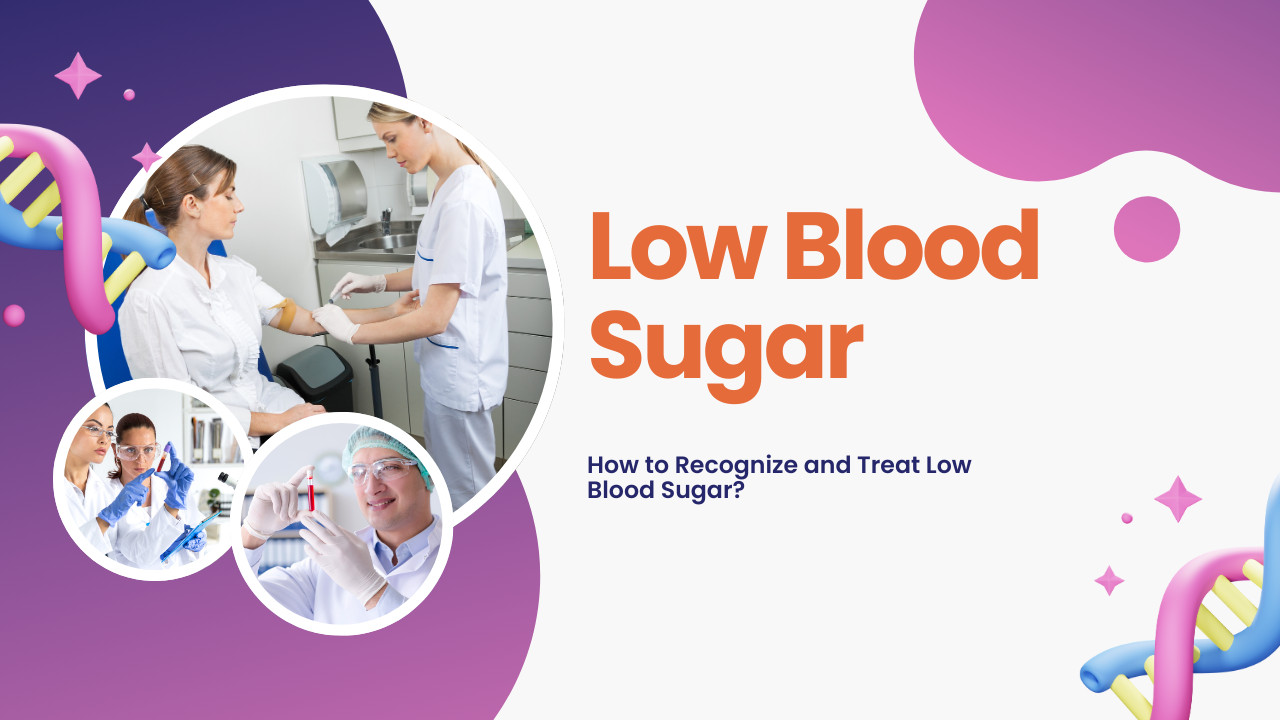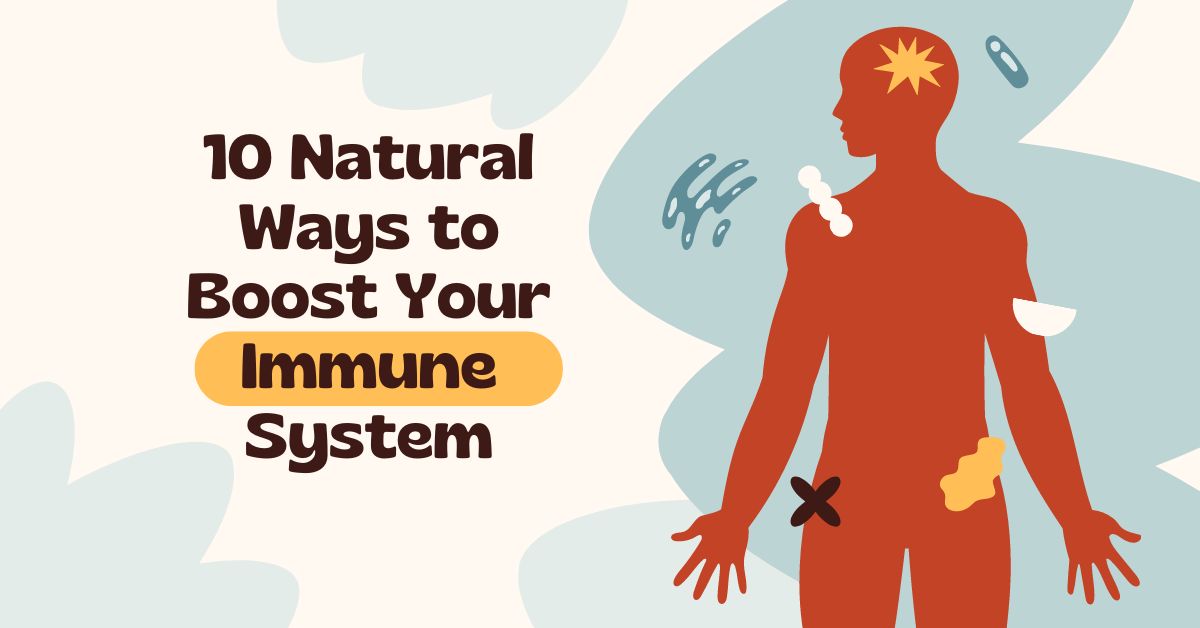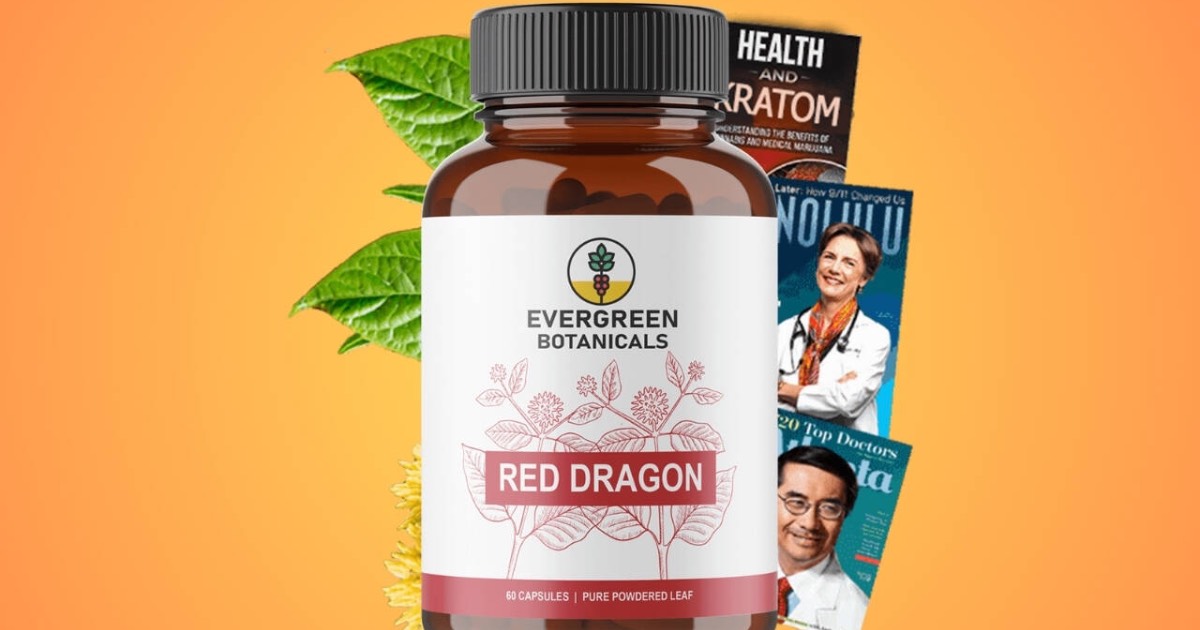Low blood sugar, also known as hypoglycemia, is a condition in which the blood glucose levels drop below the normal range, typically under 70 mg/dL. This can lead to a variety of symptoms ranging from mild to severe and, if left untreated, can result in life-threatening complications. Understanding how to recognize the signs of low blood sugar and knowing how to treat it promptly is essential, especially for individuals with diabetes or those on certain medications. In this article, we will explore the causes, symptoms, and effective treatments for low blood sugar, supported by research and studies.
What Causes Low Blood Sugar?
Low blood sugar occurs when there’s an imbalance between glucose levels and the body’s demand for energy. Several factors can contribute to hypoglycemia, including:
- Medications
People with diabetes often take insulin or oral medications to lower blood sugar. However, if the dosage is too high or taken without sufficient food, it can result in a significant drop in blood sugar levels.- Study Insight: A study published in the Journal of Clinical Endocrinology and Metabolism highlights that around 10-15% of individuals with diabetes experience severe hypoglycemia due to insulin overuse or oral medications source.
- Skipping Meals
Going too long without eating can cause blood glucose levels to drop. When the body lacks food, it burns through the stored glucose, leading to low blood sugar. - Excessive Alcohol Consumption
Alcohol interferes with the liver’s ability to release glucose into the bloodstream, causing hypoglycemia, particularly in people with diabetes who drink without eating. - Strenuous Exercise
Exercising for prolonged periods without adequate nutrition can lead to a decrease in blood sugar levels as the body uses more glucose for energy.
Recognizing the Symptoms of Low Blood Sugar
Hypoglycemia can develop rapidly and affect both physical and cognitive functions. It’s crucial to recognize the symptoms to treat them before it become severe.
1. Mild Symptoms
In the early stages of hypoglycemia, symptoms may be subtle and easy to overlook:
- Shakiness
The body may start trembling as it attempts to increase blood sugar levels. - Sweating
Excessive sweating, especially cold sweats, is a common early sign of low blood sugar. - Hunger
A sudden feeling of hunger, even if you have recently eaten, can indicate a dip in blood sugar levels. - Dizziness or Lightheadedness
Feeling faint or dizzy can occur when the brain is deprived of glucose.
2. Moderate Symptoms
As blood sugar levels continue to drop, more noticeable symptoms develop:
- Confusion or Difficulty Concentrating
Low blood sugar affects the brain’s ability to function properly, leading to confusion, difficulty focusing, and a slowed thought process. - Rapid Heartbeat (Palpitations)
The body responds to hypoglycemia by increasing the heart rate to circulate glucose more quickly. - Irritability or Mood Changes
Emotional instability, such as sudden anger or irritability, is a common symptom.
3. Severe Symptoms
If left untreated, hypoglycemia can become severe and cause:
- Seizures
Extremely low blood sugar can lead to seizures, as the brain is deprived of glucose. - Loss of Consciousness
In severe cases, the person may faint or become unconscious. - Coma
Prolonged hypoglycemia without treatment can result in a coma, a life-threatening condition that requires immediate medical attention.
Immediate Treatment for Low Blood Sugar
If you recognize the signs of low blood sugar, immediate action is necessary. The goal is to quickly raise the blood sugar level back to a normal range, typically above 70 mg/dL.
1. The 15-15 Rule
The most recommended approach to treating mild to moderate hypoglycemia is the “15-15 rule”:
- Step 1: Consume 15 grams of fast-acting carbohydrates. This could include:
- ½ cup of fruit juice or regular soda (not diet)
- 1 tablespoon of honey or sugar
- 3 to 4 glucose tablets
- Step 2: Wait 15 minutes and recheck your blood sugar level. If it’s still below 70 mg/dL, consume another 15 grams of carbohydrates.
- Step 3: Repeat the process until blood sugar levels stabilize above 70 mg/dL.
- Study Insight: A Diabetes Care study demonstrated that the 15-15 rule is effective in preventing further drops in blood glucose levels and reducing the risk of severe hypoglycemia source.
2. Glucagon Injection
For individuals with diabetes who experience frequent episodes of severe hypoglycemia, keeping a glucagon emergency kit on hand is essential. Glucagon is a hormone that rapidly raises blood sugar levels and is injected if the person is unable to eat or drink.
Preventing Low Blood Sugar
While treating low blood sugar is essential, preventing it from occurring in the first place is even more critical. Here are some prevention strategies:
1. Monitor Blood Sugar Regularly
If you have diabetes, regular monitoring of your blood glucose levels can help you avoid dips. Keep a record of your levels and look for patterns that may signal a higher risk of hypoglycemia.
- Study Insight: Continuous glucose monitoring (CGM) devices have been shown to significantly reduce the incidence of hypoglycemia in patients with diabetes by providing real-time updates on blood glucose level sources.
2. Eat Consistent Meals and Snacks
Eating regular meals and snacks throughout the day helps maintain stable blood sugar levels. Avoid skipping meals and include a balance of carbohydrates, proteins, and fats in your diet.
3. Adjust Medications Carefully
If you are taking insulin or oral diabetes medications, work closely with your healthcare provider to adjust your dosage based on your daily activities, meals, and glucose monitoring results.
4. Limit Alcohol Intake
Alcohol can cause delayed hypoglycemia, especially when consumed on an empty stomach. If you drink, do so with food and monitor your blood sugar closely afterward.
5. Plan for Physical Activity
Exercise can lower blood sugar levels, so it’s important to eat a small snack containing carbohydrates before engaging in strenuous activity. Carry glucose tablets or snacks with you in case your blood sugar drops during exercise.
When to Seek Medical Help
While most cases of low blood sugar can be managed with quick treatment, there are times when medical assistance is necessary. Seek emergency medical help if:
- The person becomes unconscious or has a seizure.
- Blood sugar remains low despite treatment with fast-acting carbohydrates.
- You experience frequent hypoglycemia episodes without an obvious cause.
Conclusion
Low blood sugar, or hypoglycemia, is a serious condition that can lead to severe complications if not treated promptly. Recognizing the early signs and having a plan in place to treat it is key to avoiding dangerous outcomes. By understanding the causes, recognizing symptoms, and applying quick treatment, you can manage and prevent low blood sugar episodes. Always work closely with your healthcare provider to monitor your condition and make necessary adjustments to your diet, medication, and lifestyle.
FAQs
1. What foods help raise blood sugar quickly?
Foods rich in simple carbohydrates, like fruit juice, glucose tablets, and candy, can quickly raise blood sugar levels.
2. How can I prevent low blood sugar while exercising?
Eat a small snack containing carbohydrates before exercising and monitor your blood sugar levels during and after physical activity.
3. What should I do if I experience low blood sugar at night?
Keep glucose tablets or a sugary snack by your bed. If you wake up with symptoms, treat it immediately using the 15-15 rule.
4. Can stress cause low blood sugar?
Stress typically raises blood sugar levels due to the release of stress hormones, but it can also cause fluctuations that lead to hypoglycemia in some cases, especially in people with diabetes.
By learning how to recognize and treat low blood sugar, you can maintain better control over your blood sugar, and health and avoid the dangerous consequences of hypoglycemia.


